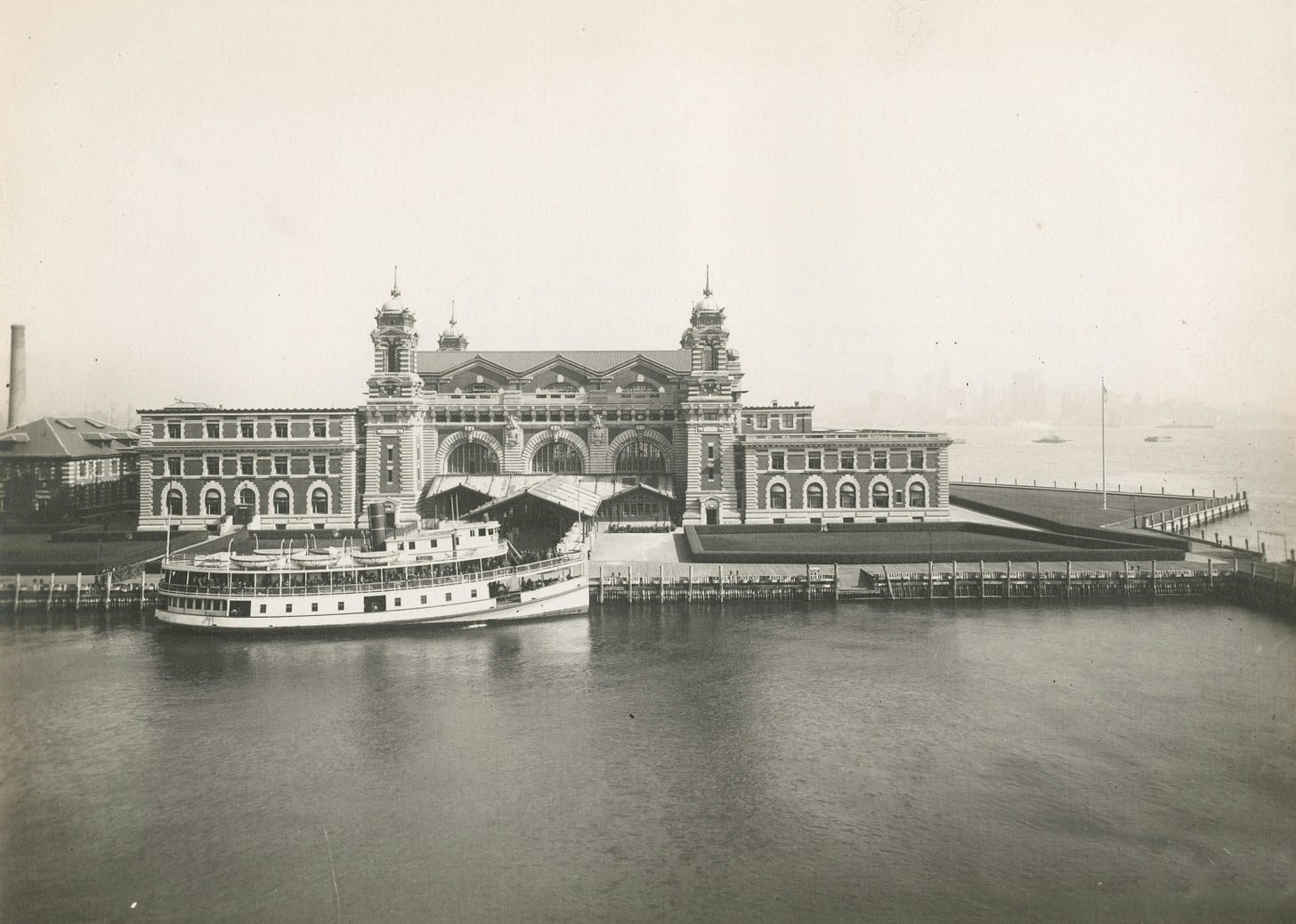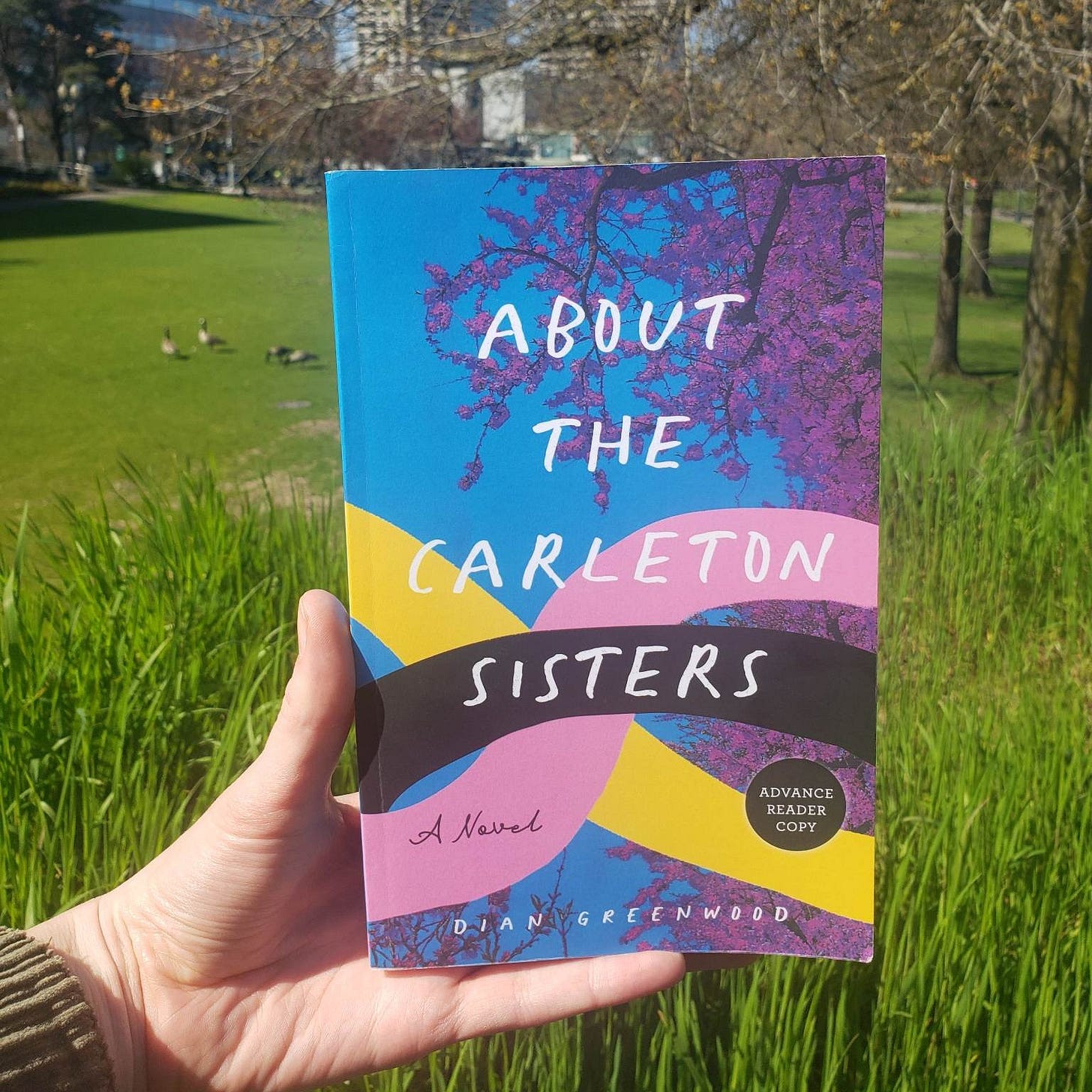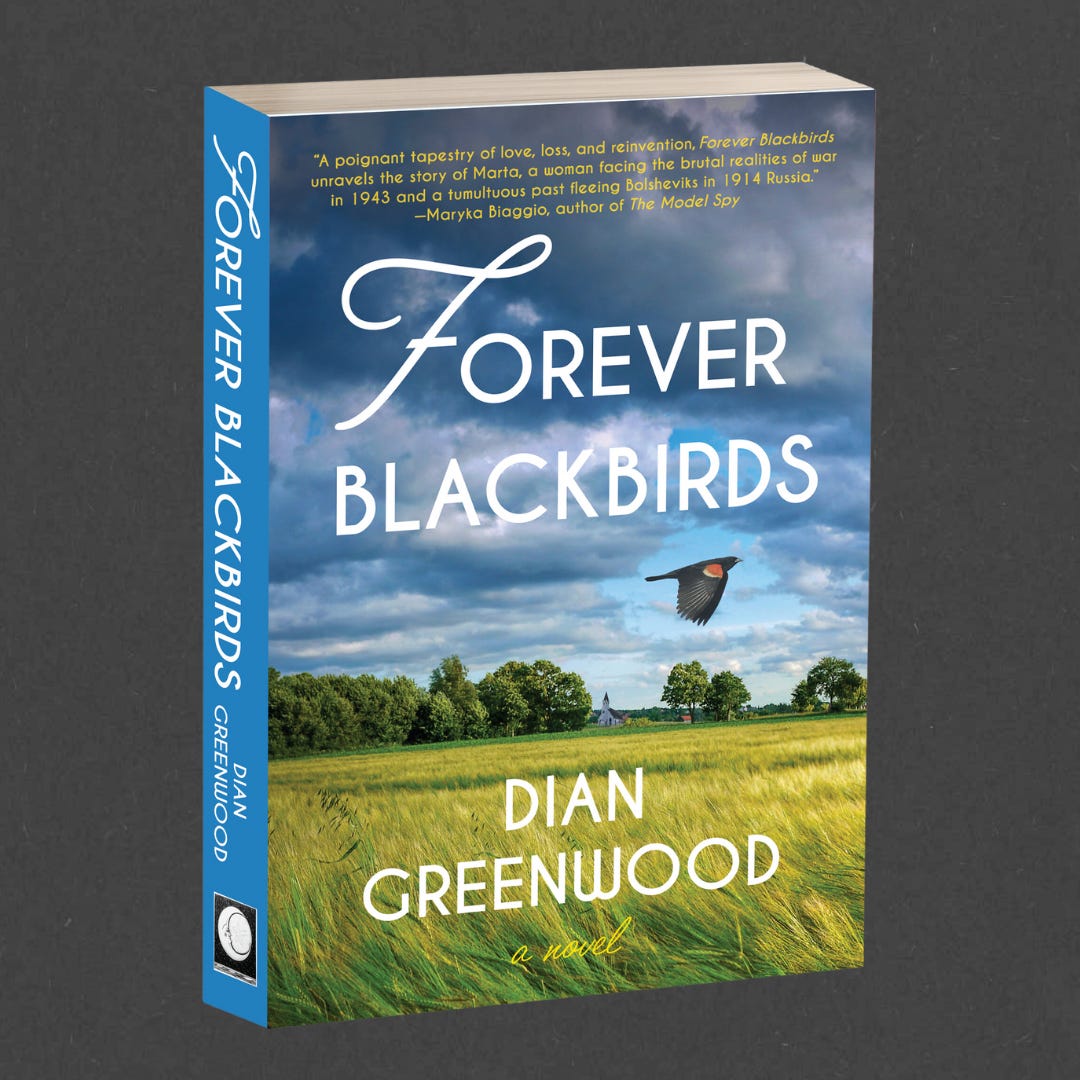
The day I visited Ellis Island, I’d had breakfast with friends near Union Square before taking the subway across Manhattan to catch the ferry. Happy to go alone, my mission was clear: to find my maternal grandmother in the registry. All I had to go on was the year, 1903, and her maiden name, Rosin. I knew she’d come from Odessa where her German family farmed land northeast of that city. She was three years old when her family emigrated.
As a writer, I have a deep desire to “be in the place” where something happened. To experience Ellis Island wasn’t unlike my taking ballet lessons at 65 years of age with the Oregon Ballet Theater in order to “feel” what it must have been like for About the Carleton Sisters’s Julie to move and use her body as a professional dancer.

That day, being in the halls of Ellis Island, I could imagine the echo of that previous century’s immigrants pushing and shoving their way through the extraordinary lines, the inspections, the immense fear of being rejected and sent back home. I recalled, from research, the dictates of who was acceptable based on nationality and who was not. I pondered who was detained and why as well as the shifting political climate that, it seems, has always determined many of these choices. (Our current immigration situation is no different.)
After finding my way around the enormous building, its walls lined with enlarged photos from the past, I located the place where the ship’s registries were kept. After some searching, there it was. My grandmother’s name. 1903. Her family’s names were registered on the Ryndam from Germany. In my excitement, I said what I often say when I’m overwhelmed by a fact or incident: “Oh, no.” Not as a sign of disbelief but to say, “Oh, this is true!” There I was, in front of the microfiche with the fact of her entry into this country. This was the moment of affirmation for all the stories I’d been told in my grandmother’s North Dakota kitchen with the constant fragrance of cinnamon from baking and the beets in borscht cooking on the back of the stove—where I’d been equally terrified of her often harsh Christian judgments spoken in her thick German accent.

Outside on a bench, I needed to catch my breath. I searched the Manhattan skyline thinking about what she must have seen, trying to conjure the moment when this dreamed of America stood waiting if only they could get there. As I gazed across the water, I was once again struck by a feeling of reality that I had only imagined.
It’s now probably a dozen years since that excursion to Ellis Island. I was three or four years into the novel that would become Forever Blackbirds. At that point, I’d likely narrowed the narrator from nearly ten voices to one. (I sometimes do that to “find the story” since I’m a “pantser.”) Because of the necessary timeline, my chosen narrator—Marta—needed to be fourteen when she made the journey from Russia in order to fit her into the middle of World War II as a middle-aged woman.
The novel’s original vision imagined three books documenting the three stages of a woman’s life—her youth, her mature years and her later years—three stages in the same family. The first novel would be based on the immigrant experience and the arrival in North Dakota where the family settled. The second novel would be built around WWII and my childhood memories of that time living with the women who waited for the war to end, for the men to return. (Those two novels were eventually collapsed into one novel, Forever Blackbirds.) The third novel’s protagonist would be Marta’s namesake granddaughter in her mid-sixties in current times. (To be published in 2025, Safekeeping is a sequel to Forever Blackbirds.) That vision drove the book’s narrative for over ten years.

The trip to Ellis Island was another beginning to what emerged as Forever Blackbirds. Now, I needed facts. And, from my view, research can be a labor of love.
My primary sources were two books. American Passage: The History of Ellis Island by Vincent J. Cannato (May 4, 2010, Harper Perennial). This book gave me the historical perspective and the details regarding the inspections that informed Blackbirds. The incredible detail of what the immigrants (mostly white Europeans) experienced was as captivating as it was informative. I learned about the requirements for entry and who would be detained. The inspections that all immigrants dreaded, and the living conditions on the island along with visual images of the “aisles” erected to more or less herd the immigrants in an orderly fashion through the inspection process. Though requirements changed and shifted depending on the Immigration Authority and the politics in both New York and Washington, D.C. at the time, the stressful ordeal never changed. Fear of a contagious eye disease required the dreaded eye inspections wherein there was little regard for sanitation. The doctors simply lifted eyelid after eyelid using an instrument that resembled a large crochet hook while wearing the same white gloves they put on in the morning. When someone failed to pass inspection, his or her back was marked with a large chalk X and they were sent to special quarters to be returned to where they came from.
In addition, the immigrant stories containing their hopes, fears, and dreads came alive in Island of Hope, Island of Tears by David Brownstone, Irene M. Franck and Douglass Brownstone (January 1, 2000, Barnes & Noble Books) which my son Brian found in a neighborhood book box. This volume lifted the immigrants’ stories into a particular reality and made real the process of entering the country. Just remembering this time of exploration and study makes it alive and exciting all over again.
I researched online and read countless books on Russian history and the interrelation of all the monarchies throughout Europe and Russia in the 19th and 20th centuries, most families’ royalty connected to Queen Victoria in England.
Writing about this now makes me wonder about you, the reader, and what you know of your ancestors. If and how their stories were passed down from generation to generation. I’d love to hear from you. Please respond if you’re so moved. I hope you will enjoy Forever Blackbirds, now available for pre-order on bookshop.org, which supports local bookstores, Barnes & Nobel, Amazon, and elsewhere.






Another excellent journey into the making of a novel. Thanks, Dian. Also, compliments on the masthead for Never Too Late. I just noticed the incorporation of the blackbird with the graphic from "About the Carleton Sisters." Well done.
The Irish side of my family came through Ellis Island. I found my great-grandfather on the registry when visiting the museum.